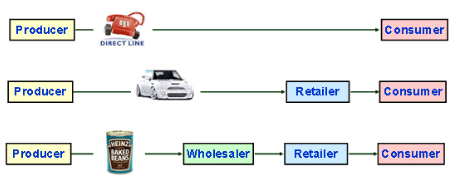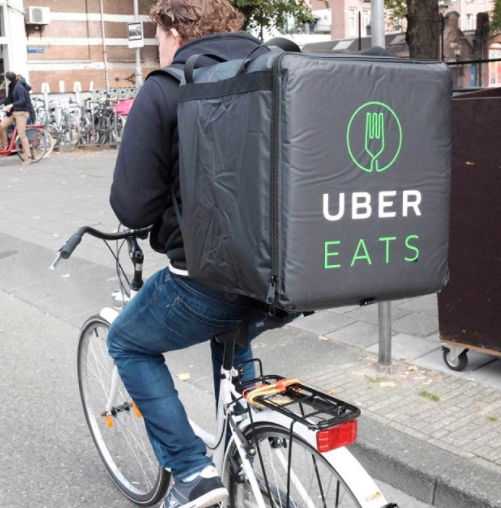Term 2 Week 3 (28-3 May)
Section outline
-
Learning Intentions
- Investigate ways in which businesses distribute their products to customers.
- Explore examples of different distribution channels and what affects business's choice of channel.
- Can describe several ways to distribute products and the factors that affect this choice.
- Can provide examples of different distribution channels.
Place
Distribution (Place) ensures products are available to customers in the right quantity at the right time in the right place. It involves questions like:
- Where do consumers prefer to buy the product?
- How can we ensure the product is available to existing and potential customers?
- How important are speed, timing, cost, availability
- How much stock should we hold? Too little and we run out; too much and we tie up cash (that then cannot be used to pay daily expenses)
It depends on:- The product - is it perishable, technically complex, a convenience item?
- The market - is it geographically spread out, highly competitive?
- The business - is It large, supplying producers or consumers?
 A distribution channel is the means by which the product moves from production to consumption. It might include:
A distribution channel is the means by which the product moves from production to consumption. It might include:- Retailer sells direct to households / end users / consumers
- Wholesaler sells products from different manufacturers to retailers; they 'break bulk' by putting large quantities into smaller packages
- Distributor have a contract to sell a manufacturer's products
- Agent a 'go-between' who never owns the product and earns commission eg real estate, insurance, travel.
- Franchisee allowed to trade under the the manufacturer's name; pays a fee and gives a share of the revenue to the franchisor
- Direct selling door to door, mail order, sales reps
Trends in distribution are:

- more out of town stores and malls;
- fewer independent and more multiple / chain retailers;
- more franchises (eg Jim's mowing);
- online shopping and home delivery.
- drone and driverless delivery??
NZ's supermarket duopoly
Read the following article. Note which companies own Pak'n'Save, New World, Countdown. In your group, discuss how it affects you and your family that two companies dominate the NZ supermarket industry.
NZ Herald: Big two supermarket chains locked in fierce food fight
In your group, find out the meaning of 'parallel imports' and discuss why they might be cheaper to buy and whether there are any disadvantages.
Extension activity
Research the service that Uber Eats provides.
Consider the impact on distribution of restaurant food.
How do restaurants and householders benefit?
